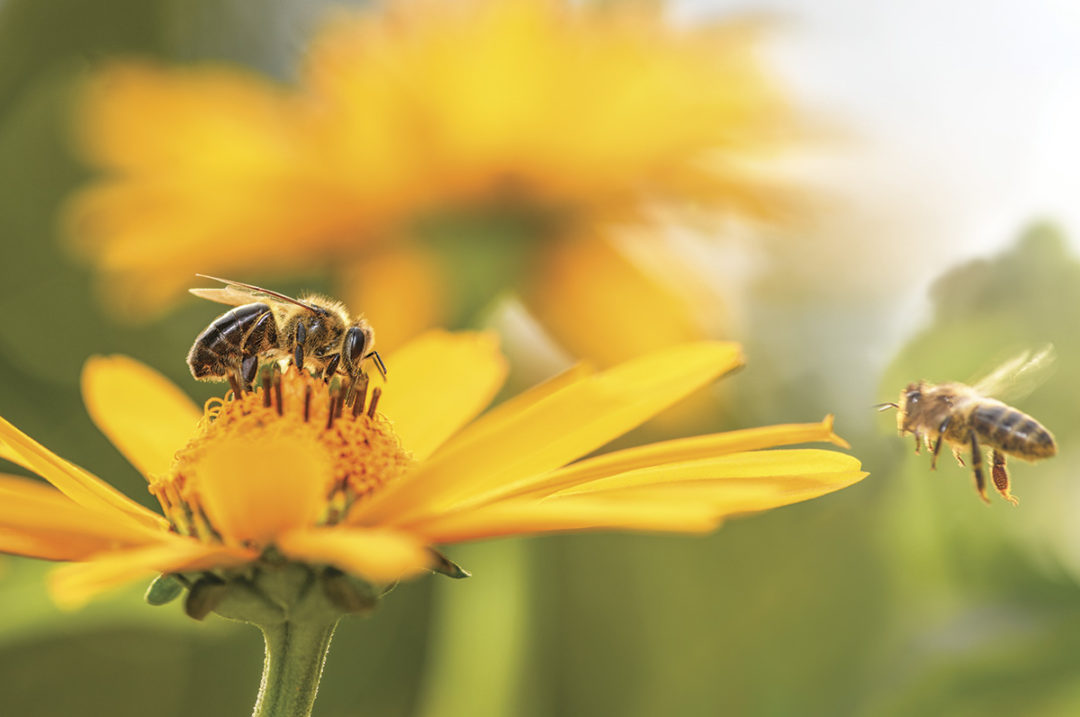The Ecosystem Services Market Consortium (ESMC) provides producers the ability to earn credit payments for ecosystem services benefits based on regenerative agricultural practices. These benefits include increased soil carbon, reduced greenhouse gases and improved water quality. In essence, ESMC’s program pays agricultural producers for quantified and verified emission reductions and environmental improvements based on practice changes. ESMC is working to incorporate a biodiversity component to its program.
For the last two years, ESMC has been working with partners in Missouri to create a credit for biodiversity improvements based on specific practice changes such as planting pollinator habitats within field borders, buffers, contour buffer strips, waterways or other non-productive agriculture grounds. The benefits of preserving, enhancing and/or creating pollinator and wildlife habitat on agricultural working lands are increasingly recognized, including by corporations seeking to improve the ecological outcomes of their supply chains.
Adding biodiversity plantings to fields
Corn and soybeans are the most widely grown crops in North America. Often, these crops are grown in monoculture systems that are not optimal for pollinator and wildlife habitat preservation or enhancement. Though not essential to corn and soybean production, pollinators like native bees commonly forage at the edges of these fields – assuming pollinator plants are grown there.
Agricultural producers have great opportunities to positively influence biodiversity based on their practices. As more producers adopt precision technology to optimize productive acres and understand what land is less productive, they can make informed decisions about managing marginal areas – which may be ideal for biodiversity plantings. Additionally, many of the practices that increase biodiversity also provide other ecosystem services benefits like reduced erosion and increased on-field nutrient retention.
“Agriculture can play a key role in increasing the diversity, quality and quantity of pollinators and wildlife,” says Bill White, community and private land conservation branch chief with the Missouri Department of Conservation. “By incorporating certain practices on areas of the farm otherwise not profitable under production, farmers can help provide for species such as monarch butterflies, bobwhite quail, migrating grassland birds and native bees while supporting sustainable agricultural systems.”
Measuring biodiversity impacts and creating credits in Missouri
To test biodiversity credit generation, in October 2021 ESMC and partners in Missouri launched a biodiversity pilot project. This project allows corn and soy producers to earn biodiversity credits by incorporating pollinator-friendly landscapes in their fields. This first-of-its-kind pilot project was launched in partnership with the Missouri Corn Merchandising Council, Missouri Soybean Merchandising Council, Missouri Department of Conservation, MFA Incorporated, Quail Forever and Pheasants Forever.
In July 2022, participating producers were paid by the Missouri Department of Conservation for planting pollinator habitats within field borders, buffers, contour buffer strips, waterways or other non-productive agriculture grounds. This first year of the pilot paid producers for practice changes, but future years will provide payments for measured impacts.
The measured biodiversity impacts will form the basis of an ESMC biodiversity credit. To create salable biodiversity credits, ESMC must be able to measure and quantify results from a practice change. To this end, ESMC is testing different approaches to develop a biodiversity protocol to specifically measure, quantify, verify and certify the results from these practices. ESMC and partners are refining and testing one possible approach in Missouri.
ESMC has launched pilots with sorghum producers in Kansas and with dairy producers in the Mid-Atlantic to examine additional opportunities to add biodiversity credits into the benefits producers can receive from regenerative practice implementation. Biodiversity practices may provide producers additional income streams and measurable ecosystem benefits in the field. ESMC is working with pilot participants to develop outreach materials that highlight producers’ stories, experiences and benefits as land stewards increasing pollinator and wildlife habitat.









